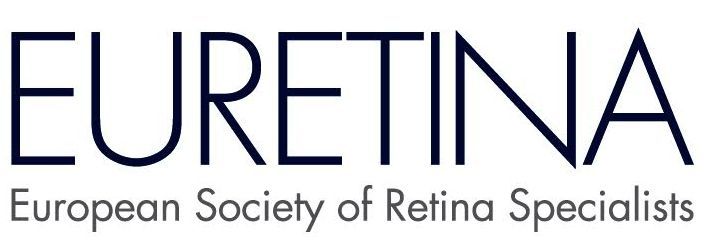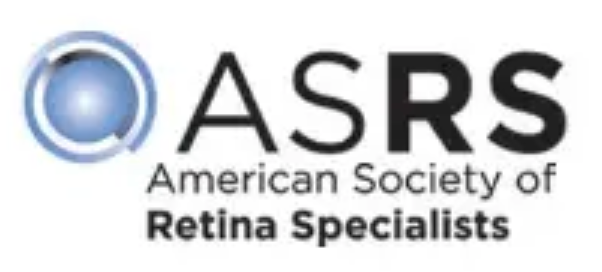Pterygium
What is a Pterygium?
- A pterygium is a benign or non-cancerous overgrowth of the conjunctiva. It can appear as a wedge-shaped growth of thickened tissue covering the white part of the eye.
- It starts on the clear conjunctiva tissue of the eye (the thin layer that covers the white part of the eye or sclera) and can spread to the cornea.
- A pterygium can occur in one or both eyes.
How Does Pterygium Impact Your Anatomy and Health?
- Vision Disturbances: A pterygium can cause various vision-related symptoms, including blurred or distorted vision, eye irritation, redness, and a feeling of a foreign body in the eye. As it grows, it may encroach upon the cornea, the transparent front part of the eye, potentially leading to astigmatism and vision problems.
- Cosmetic Concerns: Pterygium can be unsightly, affecting the appearance of the eye. It may cause redness and a raised, fleshy growth that can be noticeable to others.
- Recurrent Irritation: A pterygium can lead to chronic irritation and discomfort, causing patients to rub their eyes frequently, worsening the condition.
- Corneal Changes: In some cases, if the pterygium grows significantly, it can extend onto the cornea and cause irregular astigmatism, which affects the eye's ability to focus light properly.
Treatment of Pterygium
Treatment options for pterygium depend on the severity of symptoms, the impact on vision, and the patient's comfort. Here are some common approaches:
- Conservative Management: For mild cases with minimal symptoms, using lubricating eye drops, wearing sunglasses with UV protection, and avoiding irritants like dust and wind can help manage symptoms and slow down pterygium growth.
- Medications: Sometimes, your eye care provider may prescribe medications to alleviate inflammation and discomfort associated with the pterygium.
- Surgical Removal: If the pterygium is causing significant discomfort, visual disturbances, or cosmetic concerns, surgical removal might be recommended. The surgery is typically a day procedure and involves removing the abnormal tissue. Various techniques can be used, including conjunctival autografting, where healthy tissue is transplanted to the area after pterygium removal to prevent recurrence.





